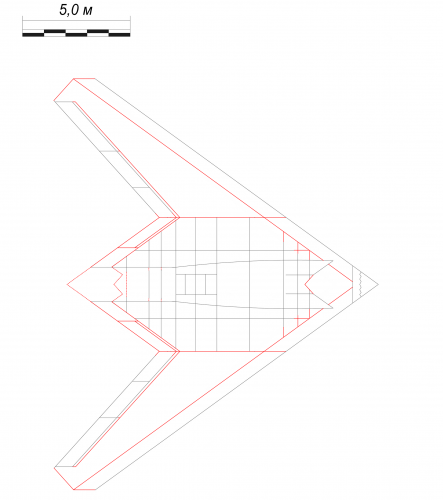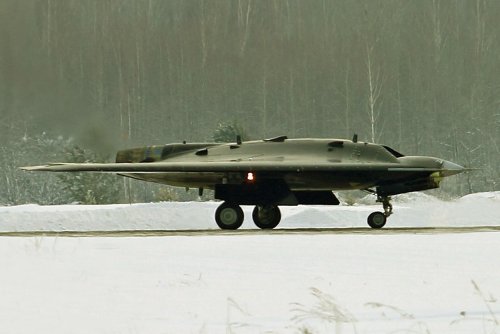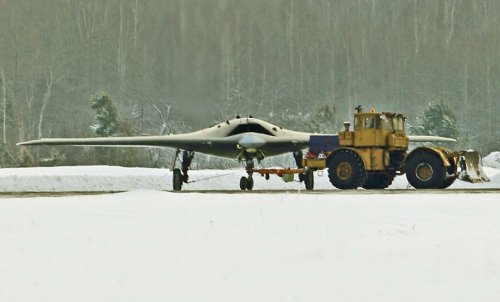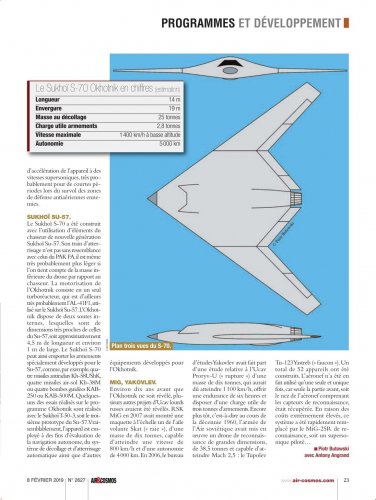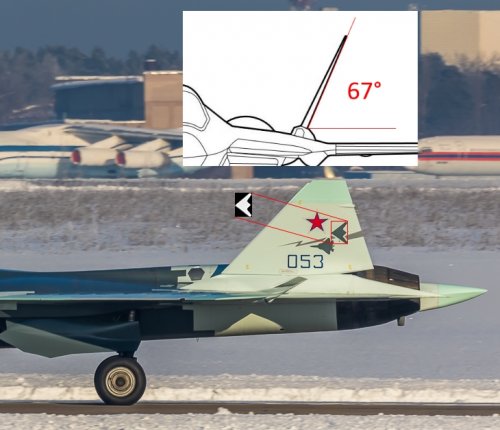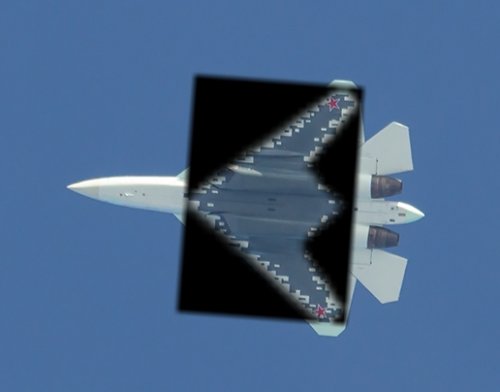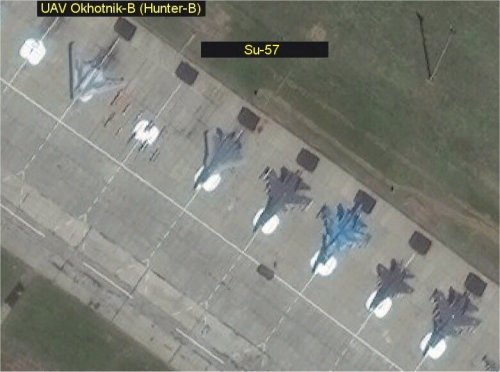TomcatViP said:
Not to be pedantic :
"
Korn" equation*:
MDD +CL/10+t/c= κ A
where κ A is an airfoil technology factor. The airfoil technology factor has a value of 0.87 for an
NACA 6-series airfoil section, and a value of 0.95 for a supercritical section. MDD is the drag
divergence Mach number, CL is the lift coefficient, and t/c is the airfoil thickness to chord ratio. This
relation provides a simple means of estimating the possible combination of Mach, lift and thickness
that can be obtained using modern airfoil design, and variations of it have been shown graphically
by many authors, where the scales are often left off when presented for the public by aircraft
companies. Note that the Korn equation is sensitive to the value of the technology factor.
So if t/c increases with Cl (typical in the case of a flying wing), MDD increases (at equal technology level)...
Once again,
TomcatViP said:
I won't be surprised to clock a low flying B-2 at Mach 0.9++

*
CL seen as the full wing Coefficient and not the one for airfoil only
Source:
http://www.dept.aoe.vt.edu/~mason/Mason_f/ConfigAeroTransonics.pdf
Respectfully I have some comment's here I'm afraid.
In my first years project at the TU Delft of Aerospace engineering we did a design for a flying wing on Mars. And I learned the following basics: The lift coefficient on such a wing is not to high and has a value of about 0.5, not too high to insure that the stability of the flying wing behaves in a relaxed way, not with very steep curves and thus big zero values (locus related). The aircraft has a huge area so it's fine do make this choice. And because you're lift is not very high you can give the wing a bigger thickness value without the huge drag penalty, which is very nice for long range since a big internal volume is good for your fuel capacity. Furthermore the B-2 uses a fuel management system to influence it's stability and has a rather big value for the thickness at the end of the wing, so it can shift it's center of mass further aft. The thickness is also needed to allow bigger masses to be left at the end of the wing, because the wing is stiffer. And this is pretty visible in the B-2 design, it has a pretty consistent chord and thickness over the entire wing.
This rather thick wing does result in a lot of drag and a rather bumpy ride on low altitude. That is the nature of a thick wing and having a very low wing load. If you look at the TSR-2, that has a very high wing load and a very thin wing, and remember that that aircraft was built to surpass the trans sonic area at low altitude.
Also the airfoil will likely not be a standard super critical airfoil because of stability reasons, I think the K value in the Korn equation will be lower than 0.95.
And if I also look at the maximum speed of the aircraft at altitude, begin 0.95 at 40.000 feet, I dare to assume that that is far beyond the MDD.
So concluding: The Korn equation-> having the constant being 0.92, the thickness to chord ratio being between 0.05 and 0.1, and the CL being around 0.5, the MDD would become around 0.85 in the best scenario. And at low altitude a 0.9 flight would not fit within the flight envelop.
"So if t/c increases with Cl (typical in the case of a flying wing), MDD increases (at equal technology level)..." If I read this, and I might have misunderstood it, but the MDD would then have to decrease and not increase if the T/C and CL increases, since kA is a constant.
And if I would use this information to analyse the S-70, the same would hold. The aircraft would be able to flight at high trans sonic speeds, and cruise at about the same speed as the B-2. But it would not be likely to surpass this. The nozzle of the aircraft would suggest such a thing, but I think this can be explained in two different ways.
- The nozzle might be enable TVC, using brute force to solve the stability issues.
- The nozzle has already been developed for the T-50, this is a way to save a lot of money. Don't forget that the X-47B reused a whole lot of other aircraft parts such as landing gear, to decrease the development costs. And also don't forget that the Russian government doesn't have lot of money to spend, they dramatically increased retirement age which caused a whole lot of outrage, to save money. And also this aircraft can be designed as a more prestige like project. So such a money saver at least sounds plausible.


